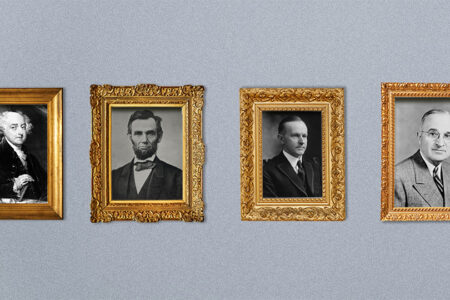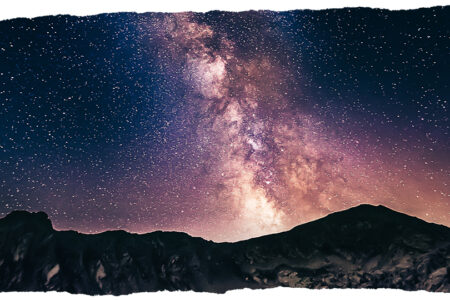Inside View Jul/Aug 2021
I’ve had the privilege of visiting Israel 28 times since my first trip in 2003, most often to lead tours. It has been a rich blessing to see the land of the Bible and get to know it more intimately. Participants on our tours often tell us that visiting Israel transforms their Bible reading from black and white to living color.
One aspect of the land I’ve come to recognize appears in Luke 21:24. Jesus said, “Jerusalem will be trampled by Gentiles until the times of the Gentiles are fulfilled.” Jerusalem is the scriptural name of the city of God, and it can also refer to the land of Israel.
The dominant presence of Gentiles in Israel is evident everywhere. Since 600 BC, nations have occupied the land and exerted control over it. Even with the nation’s rebirth in 1948, Gentile occupation and control are significant.
Jerusalem brings together in one place the world’s three major religions: Judaism, Christianity, and Islam. Christian holy sites are spread across the land, and many biblical sites have one or more churches in an eclectic mix of denominations and groups that have existed there for centuries.
Looking at the Jerusalem skyline, it’s impossible not to see the steeples and crosses that adorn so many churches. Islam also stands out, with its mosques and distinctive minaret prayer towers, including a mosque built on Judaism’s most sacred site: the Temple Mount.
Impressive castles and fortresses also dot the landscape, each telling a story of Gentiles trampling the land. Some were built by Christians or Muslims to exert control over Israel; others were used by Jewish people to defend against the Gentiles.
One stop on all of our tours is the fortress Masada. King Herod fortified it three decades before the birth of Christ and outfitted it with storehouses full of provisions. Perched on the lofty, flat top of an isolated mountain west of the Dead Sea, Masada stands 1,400 feet above the Dead Sea. It is famous as the last outpost of Jewish rebellion against the Romans in AD 70. Access to the top was limited to one narrow path, making it extremely challenging to conquer.
In AD 72, the Roman governor of Judea, Flavius Silva, arrived at Masada with a Roman legion of more than 8,000 soldiers. The challenge of defeating the 960 Jewish rebels encamped at the top seemed impossible until Silva, using Jewish slaves, built a siege ramp to the summit. The Roman soldiers then pushed a siege tower, equipped with a battering ram, up the ramp.
They finally broke through the reinforced wall late one day but waited until morning to enter the fortress, rather than fight at night. The next morning, they were shocked to find all the Jewish rebels dead. The Jewish people had chosen suicide over captivity.
The story of Masada is a microcosm of the 2,600-year history of Gentiles trampling Jerusalem. In it we see both the Jewish people’s determination to hold onto their Promised Land and the unrelenting Gentile drive to rule over it. Jesus’ words ring true to this day, but He also said Gentile domination over Israel will end when He returns to defeat the Gentile nations, rescue Israel, and restore God’s Kingdom on Earth.
From that day forward, Gentiles will never again be permitted to trample on the land God gave Israel as an everlasting possession. Israel’s relationship with God will be restored, and she will be the most prominent of all the nations as she leads the world in worship of the Son of God, the Messiah.








